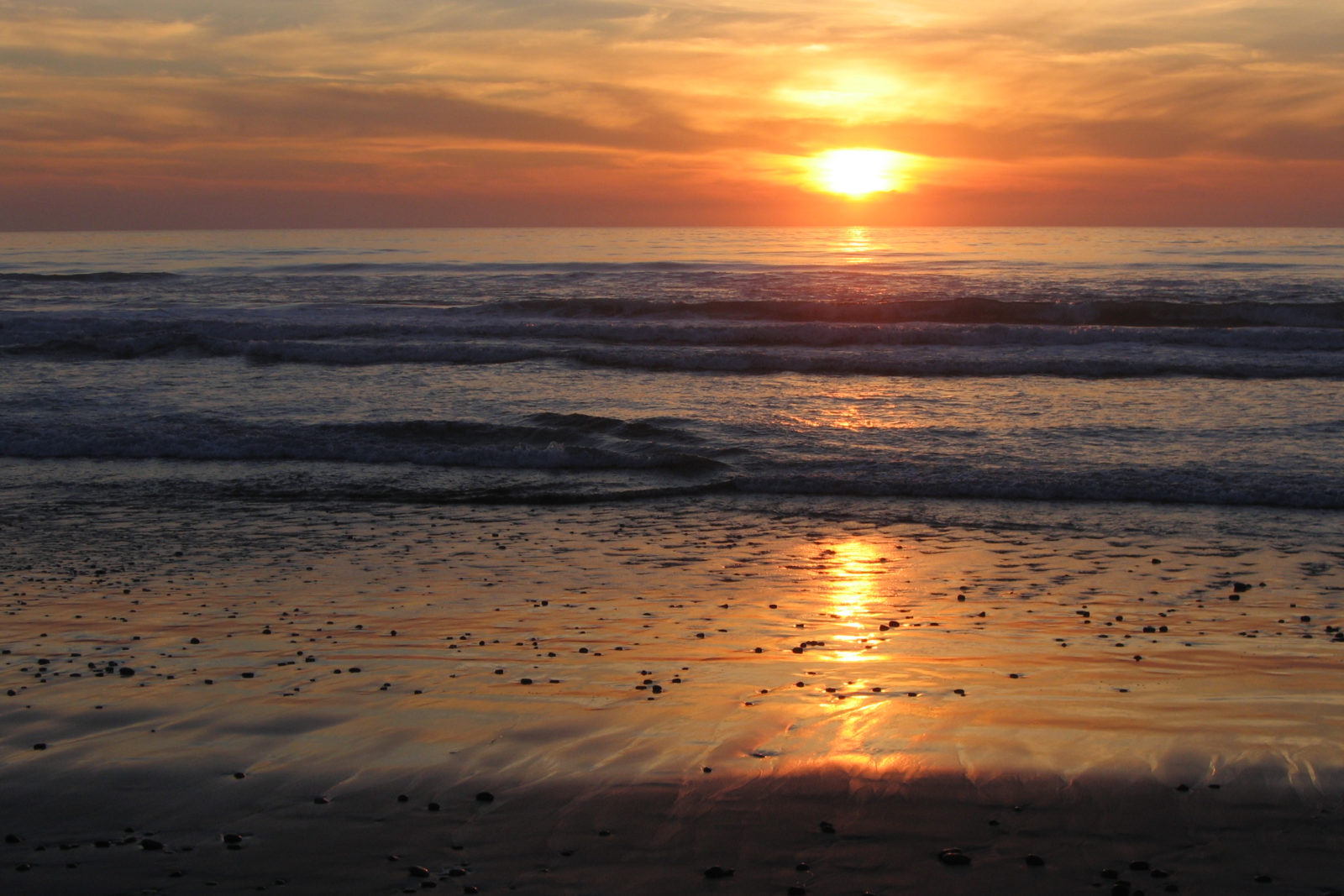By virtue of our region’s location in the southwestern corner of the United States, it shouldn’t be any surprise that the latitude and altitude of San Diego County, going from sea level to over 6,500 ft., offers up the most biologically rich, biodiverse space in the lower 48 states. Thousands of species of plants, birds, trees, mammals, and a host of wildlife ecosystems call San Diego County home.
While lacking the overall botanic diversity of the Cascade-Siskiyou bioregion that straddles the high grasslands and forest between California and Oregon, as a distinct area defined by political boundaries the volume of biodiversity within the borders of San Diego County remains staggering.
Thankfully, many of these still-wild areas are protected as state parks and as part of the Cleveland National Forest, including designated wilderness in the chaparral wonderland south of Pine Valley and Hauser Canyon, along the northern shoulders of Palomar Mountain, in the vast stretches of Anza-Borrego Desert State Park, and in areas that have remained somewhat wild by virtue of a lack of development like the Otay Mountains between Chula Vista and Tecate, Camp Pendleton, the broad mesa area south of MCAS Miramar, and even privately-held parcels like Rancho Guejito near Valley Center.
An important stop for birds along the Pacific flyway, San Diego County is also one of the nation’s busiest agricultural centers, and many of our parks, communities, and open spaces have the unusual distinction of lying along an international border – a scenario which creates its own problems, and opportunities. We have deserts, rugged foothills, carved sandstone canyons, forested ridges, at least three distinct mountain ranges, and a coastline along our county’s entire western edge.
With that coastline comes our most immediate environmental responsibility. Along the edge of the continent, we’re the last line of defense before plastic debris and other trash arriving via rivers, creekbeds, and concrete viaducts end up as litter, trash or poisonous microbes on our beaches. The next stop from there, of course, is the ocean.
Many of the global environmental issues and dilemmas we talk about and discuss every day pass right through San Diego County in some form or another. What we need to be clear on is the time to be a part of those solutions is right now. There is no opportunity for a “do over.” From rising sea levels to drought to increased risks for wildfire we’re a national bellwether on the effects of climate change.
As the president of San Diego County Democrats for Environmental Action, I will continue to lead on the larger picture of the county’s environmental challenges, and how our cities and communities can play a positive role in addressing those challenges – and set an example for the state and nation to follow.
Torrey Pines State Natural Reserve photo © 2007 Tommy Hough, all rights reserved.

